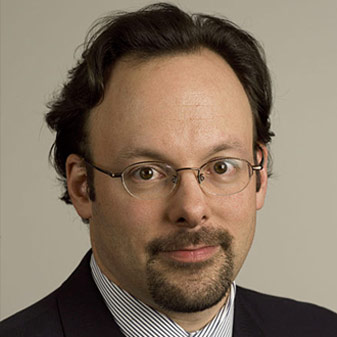In 1998, the U.S. Fish and Wildlife Service listed the Preble’s meadow jumping mouse as a threatened species under the Endangered Species Act. This listing, and the subsequent designation of more than 31,000 acres as critical habitat for the species, imposed substantial economic costs on local communities. But had the agency made a mistake?
In 2003, a scientific report challenged the Fish and Wildlife Service’s determination that the mouse was a distinct subspecies, prompting renewed debate about whether the mouse should have been listed at all. Years of regulatory wrangling and litigation ensued. Environmental groups claimed science demonstrated the need for the mouse’s protection, while local officials and land rights advocates charged “sound science” required the mouse’s delisting.
Listing opponents and supporters alike insisted “science” was on their side. Yet the heart of the dispute over the Preble’s meadow jumping mouse was not a question of science. To be sure, scientists disputed whether the mouse should be considered a distinct subspecies, but the real fight over the mouse was one about policy. The rhetoric of science was used to mask substantive disagreements over species conservation policy and, in this particular case, whether existing and potential threats to the existence of the Preble’s meadow jumping mouse in particular parts of the country justified the imposition of costly regulatory measures.
The fight over the Preble’s meadow jumping mouse demonstrates how the rhetoric of science is often used as a weapon in fights over endangered species policy. It illustrates how the “science charade” that law professor Wendy Wagner described in 1995 in the context of toxic risk regulation also occurs in species conservation under the Endangered Species Act. Indeed, in some respects the charade is written into the law itself.
The Fish and Wildlife Service’s conclusion that a species is endangered in all or a part of its range triggers regulatory constraints on economic activity. This means the most effective way to influence Endangered Species Act regulation is to influence the decision whether to list a species as endangered. Although it is possible to obtain case-by-case regulatory exemptions, as with incidental take permits, even this process may be costly. For most parties affected by the act’s regulatory burdens, there is relatively little ability to influence agency action once listing decisions have been made. Similarly, if an environmental group wishes to use the statute to chill development, the purportedly scientific listing decision is the best place to focus its efforts.
In this way, the Endangered Species Act funnels efforts to influence regulatory decision-making toward the listing process and creates massive incentives to influence how listing decisions are made. Efforts to advance normative or interest-driven policy preferences must be advanced through scientific debates over whether species merit listing. At the same time, the act’s “best available science” mandate itself masks policy-driven judgments about how species should be classified and how threats to their survival should be identified. The combination is a pervasive science charade throughout the Endangered Species Act drama.
Escaping the science charade in species conservation requires greater candor about science’s role in identifying and conserving imperiled species. This is unlikely to be achieved by current reform proposals. It can, however, be aided by reforms that help to clarify the role that science does—and does not—play in identifying which species are in need of assistance and what form such assistance must take.
Calls for more or “better” science, or greater judicial scrutiny of the use of science in implementing the Endangered Species Act, will not address the statute’s underlying problems. And to the extent that such reforms increase the time and cost of making decisions and implementing policies, they may even frustrate conservation efforts. Delaying the listing of species may be an effective way to forestall the regulatory costs of conserving species under the act, but it does not make for more effective conservation, nor does it insulate science from political pressure.
Science has an indispensable role to play in species conservation, as it does in environmental law more generally. Science is necessary to inform policymakers at all stages of the policymaking process. Science can help diagnose existing environmental problems, as well as identify and evaluate potential solutions. But in order for science to perform this role effectively, agencies should be encouraged to be candid about what science can and cannot do. The uncertainties and limitations of existing research must be acknowledged. The normative premises that shape how science is evaluated and deployed must be exposed. Most importantly, science should not be used as a shield for normative policy judgments. Engaging in the science charade encourages science politicization and undermines political accountability, neither of which is conducive to sound environmental policy.
This article is adapted from the author’s recent paper “The Science Charade in Species Conservation,” published in the Supreme Court Economic Review.




